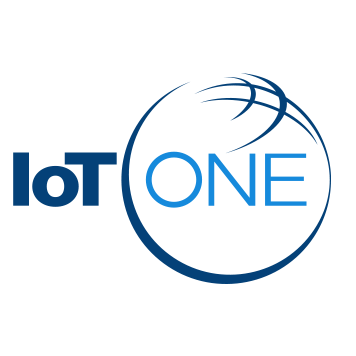Suppliers
United States
Absolute Software
Overview
This profile is not managed yet, if you would like to manage
this profile, please contact us at team@iotone.com
this profile, please contact us at team@iotone.com
 |
Absolute Software |
| United States | |
| Seattle | |
| 1993 | |
| Private | |
| $100m-1b | |
| 1,001 - 10,000 | |
| Open website |
IoT Snapshot
Technology Stack
Case Studies
Number of Case Studies4
|
NetMotion Mobility® Improves Harbor Pilot Safety and Schedule Efficiency
The Dutch Pilots’ Corporation (Nederlands Loodswezen) trains and furnishes skilled harbor pilots for guiding ships through busy waters, rivers and locks. Crews pilot and dock 100,000 ships every year in Dutch and Flemish harbors, working 24 hours a day regardless of weather conditions. The law requires that the ships carry an autonomous navigation system. However, since the satellite-based system could leave crews vulnerable to natural signal distortions, jamming and spoofing, Loodswezen selected NetMotion Mobility® to ensure a stable connection to land-based servers delivering mission-critical local position corrections. Mobility enhanced crew safety and scheduling efficiency while helping the organization meet governmentmandated precision requirements. |
|
|
NetMotion Diagnostics Enhances Oregon State Police Officer Safety
The Oregon State Police (OSP) provides critical public safety services across the state of Oregon. Officers and other field employees work from their vehicles, relying on public cellular networks to access central information systems and databases while on the road. However, weak and intermittent connectivity threatened the organization’s commitment to “be there” for the citizens of Oregon. In Eastern Oregon and other rural areas of the state, cellular coverage is often spotty or weak. For officers, a lost connection is a serious problem that puts their own safety at risk and negatively impacts call response times. Operating far beyond the reach of the IT support staff, officers would have to stop what they’re doing to try and reestablish a broken connection on their own. OSP wanted to find a way to keep officers connected. Ensuring that employees – regardless of their physical location or route – are connected to mission-critical systems was going to require a level of visibility OSP had never had before. |
|
|
St. Luke’s Enhances Quality of Patient Care with NetMotion Mobility®
St. Luke’s Episcopal Health System was facing challenges with its existing wireless network due to its rapid growth. The increasing number of help tickets for persistent issues confirmed that the growth was overwhelming the organization’s existing wireless network. Clinicians were regularly losing connectivity while moving throughout and between facilities, which was negatively impacting patient care. The situation frustrated busy doctors and nurses who felt that they were wasting time on devices that were supposed to be increasing their productivity. The IT team also had concerns about wireless security, especially in light of HIPAA compliance requirements. |



